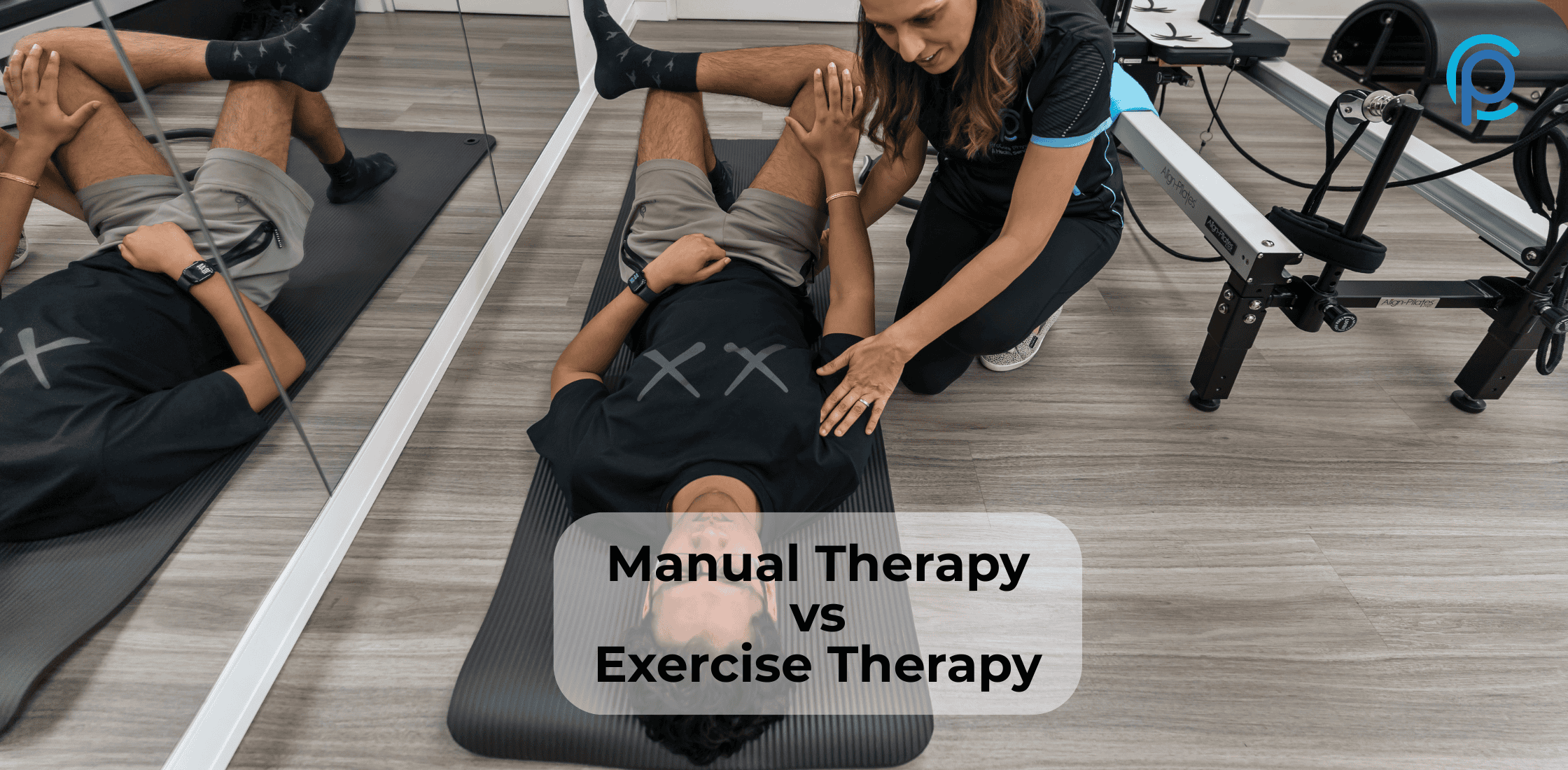Anyone who’s dealt with neck pain knows how it can mess with your entire day. Something as basic as checking your blind spot while driving suddenly becomes this whole ordeal. If you’re struggling with a neck injury right now, please know that the right physical therapy approach really can turn things around.
What has worked for many is focusing on three main areas: (i) gentle stretching (and gentle means really gentle at first), (ii) exercises that gradually build up the muscles supporting your neck, and honestly taking a hard look at how you sit and stand throughout the day. (iii) Your posture habits might be working against you more than you realize.
The thing about neck recovery is that it’s not a quick fix. It requires consistent attention and professional guidance. So, let’s talk about how physical therapy can gift you comfort and get you back to doing the things you love without that constant reminder that your neck isn’t happy.
1. Understanding Neck Injuries
You know, neck problems happen to way more people than you’d expect. I’ve seen friends go from perfectly fine to barely able to turn their heads overnight. Some of the most common causes include:
- Whiplash (often from car accidents)
- Poor posture (think slouching at your desk or looking down at your phone)
- Muscle strain (from sudden movements or heavy lifting)
- Disc problems (like herniated discs)
So, how do you know when your neck pain is from “just slept wrong” or “Okay, this might be a real problem”?
Your first clue- If that ache in your neck just won’t quit after a few days – you know, the kind that follows you around no matter how you try to stretch or adjust your pillow.
Then there is stiffness that makes you feel like you are wearing an invisible neck brace. And those headaches that seem to creep up from the base of your skull?
Here’s where it gets a bit concerning: if you start getting that weird tingling sensation down your arms, like your limbs are falling asleep but they’re not, or if your grip feels weaker than usual, your neck might be messing with some important nerves.
If you see any of these warning signs, it’s time to switch from home remedies to a doctor. I know you might find online videos (on stretching & exercises) tempting, but some things need professional eyes to look into.
2. Why Physical Therapy Works for Neck Injuries
You might wonder, “Can exercises really help?” Absolutely. Here’s why:
- They reduce pain, often without needing medication.
- You’ll get back more movement in your neck.
- Stronger muscles support your neck, making it less likely you’ll hurt it again.
- Regular therapy can stop pain from becoming a long-term problem.
3. Before You Start: Important Precautions
When your neck is killing you, you just want to do something, anything, to make it feel better. You’re probably already googling “neck exercises” and ready to dive in. But here’s the thing, you need to get it checked by someone who knows what they are doing.
A physiotherapist will not just ask “where does it hurt?” and send you on your way. Instead, they spent a good chunk of time figuring out exactly what’s going on – checking how you moved, testing your strength, making sure you aren’t dealing with something that could get worse if you started doing the wrong exercises.
Once you get a green light, start with simple walking around the block or grab a warm towel and drape it around your neck while you’re watching TV. Then move to stretches and exercise. And if an exercise makes your pain worse, stop right away.
4. Gentle Neck Stretches for Early Recovery
When your neck is still sore, start slow. Start with these:
- Chin tucks: Sit up straight, gently pull your chin back (like making a double chin), hold for five seconds, and relax. This helps line up your neck and spine.
- Neck side bends: Tilt your head toward your shoulder (not forward), hold for a few seconds, then switch sides. Don’t force it—just go as far as feels comfortable.
- Neck rotations: Slowly turn your head to look over your shoulder, hold, then go the other way.
Remember: Never push through sharp pain. Stretch only until you feel a gentle pull.
5. Strengthening Exercises for Long-Term Healing
Once the pain eases up, it’s time to build strength:
- Isometric neck exercises: Press your hand against your forehead and gently push your head forward, but don’t let it move. Hold for five seconds. Do the same to each side and the back of your head.
- Shoulder blade squeezes: This one’s kind of satisfying once you get the hang of it. Pull your shoulder blades back. Hold and release.
- Resistance band routines: With a light band, practice gentle rows or shoulder presses to build upper back strength.
Start like a tortoise- slowly and gradually, with few repetitions. Once you gain strength, increase the frequency and speed. You see, consistency is important.
6. Posture Correction and Ergonomics
Bad posture is a big reason neck injuries stick around. Here’s what helps:
- Sitting: Keep both your feet on the ground, shoulders relaxed and don’t bow in front of your screen; maintain eye-to-eye contact with your screen. Hilarious right? But seriously, keep your screen at your eye level.
- Sleeping: Make the right pillow choice. It should neither be too straight nor too fluffy. It should support your neck’s natural curve.
- Workstation tweaks: No matter how busy you are, take breaks. You can walk and do some gentle stretches, such as rolling your shoulders and neck. Raise your monitor to your eye level. If you don’t have a fancy workstation set-up, books always help to achieve that level.
- Support tools: Neck rolls, ergonomic chairs, or even a rolled towel can make a big difference.
7. Creating a Consistent Exercise Routine
Routine makes recovery stick. Here’s a sample:
Morning:
- Gentle chin tucks
- Shoulder blade squeezes
Evening:
- Neck side bends
- Isometric holds
Track your progress in a notebook or an app. Set small goals, like turning your head a bit further each week or having less pain by bedtime. If you’re moving better and hurting less, you’re on the right path.
8. When to Call a Physical Therapist
If you’re not getting better—or if you’re worried about making things worse—reach out for help. At ProCure Physio in Toongabbie, our team creates personalised plans and uses hands-on techniques that you just can’t get from YouTube videos. Sometimes, combining exercises with manual therapy gives the best results.
Conclusion
Let’s be honest- dealing with a neck injury can feel pretty overwhelming at first. You start to doubt your happy future life with a carefree neck movement.
But you don’t have to resign yourself to constant discomfort or crush your bucket list. It’s hard, but be patient with yourself. With the right approach to physical therapy and giving your body the time it needs to heal, you really can get back to being you again.
If you’re in Toongabbie or nearby, our friendly team at ProCure Physio is here to help you every step of the way. Don’t let neck pain hold you back—reach out and let’s get you moving again!


